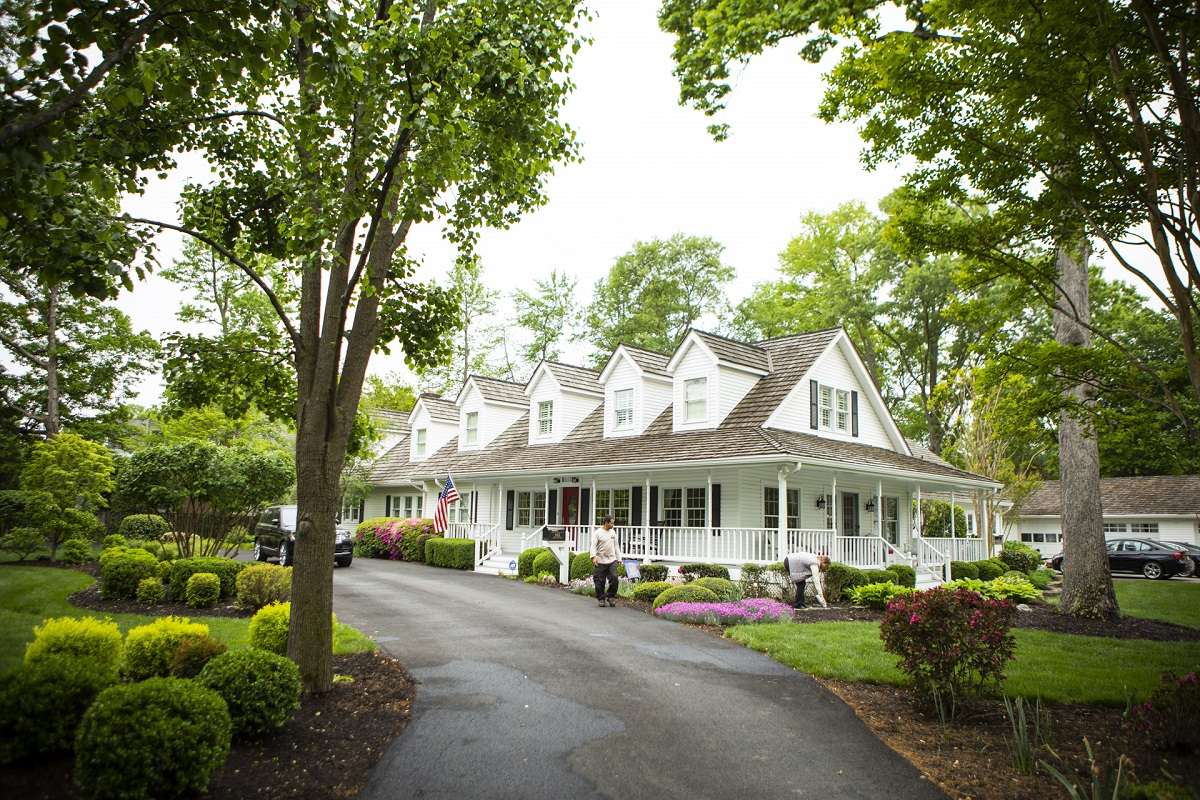

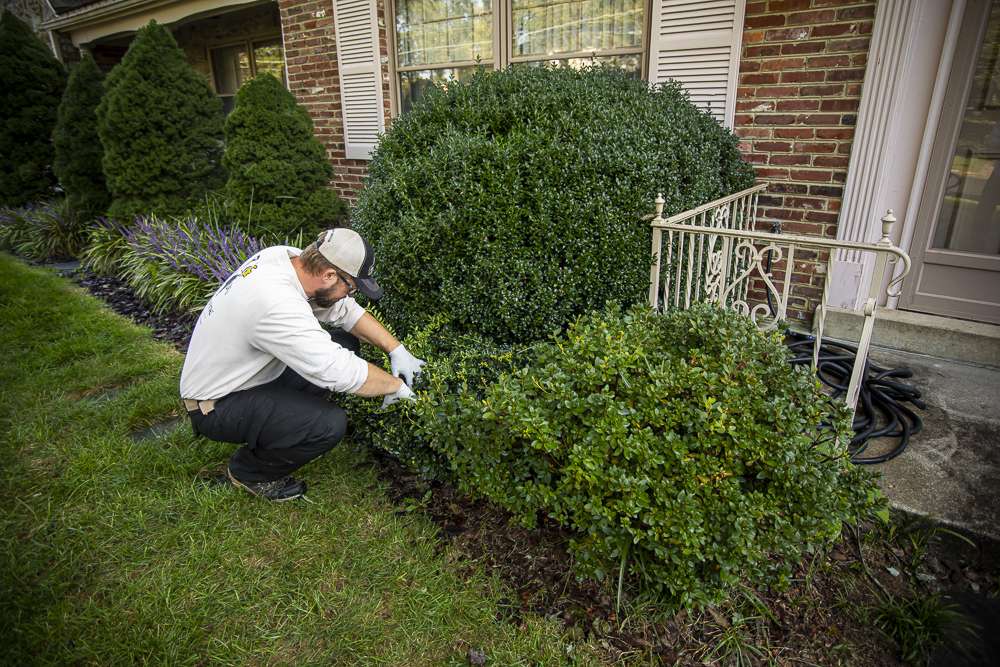
The plants in your landscape are subject to a number of different problems. Everything from environmental stressors to disease and pests can really wreak havoc on a healthy landscape.
One such problem that we sometimes see on clients’ properties is signs of root rot.
This can be a problem in plant beds that tend to get waterlogged due to compacted soil or other drainage issues. In this article, we’ll talk more about what causes root rot and how to deal with it.
Generally speaking, root rot is a plant disease typically caused by waterlogged soil and/or various types of fungus. There are different types of root rot depending upon which fungal species is attacking your plant. One common example is Phytophthora Root Rot.
Fungal growth can occur in overly wet conditions (such as soil becoming waterlogged). This might be the result of overwatering, compacted soil, or other drainage issues. 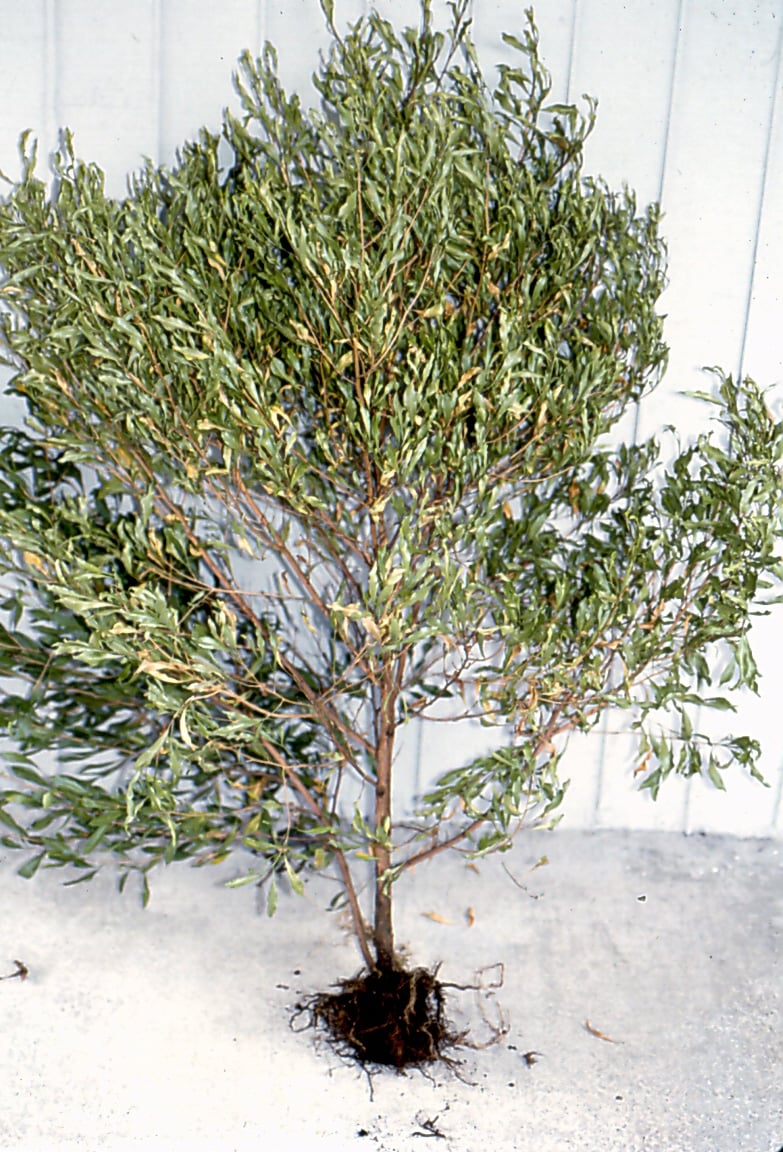 Homeowners are sometimes surprised to learn that it’s possible to water their plants too much. We know that water is a really critical element for plants but there is definitely the possibility of having “too much of a good thing.”
Homeowners are sometimes surprised to learn that it’s possible to water their plants too much. We know that water is a really critical element for plants but there is definitely the possibility of having “too much of a good thing.”
When you overwater a plant, you are actually drowning its roots. This becomes even more of a problem if the soil is compacted or has a drainage issue (like a low spot).
As far as what causes root rot, drowning roots alone is enough to cause root rot. The roots are waterlogged in soil, not receiving oxygen, and eventually start to rot. But root rot can also be caused by a fungus, like Phytophthora.
A fungus like this can thrive in wet conditions.
Signs of root rot in plants can look like wilting, stunting, and discoloration. Root rot symptoms might also include slowed growth and mushy stems. If you were to look at root rot in a planted pot (where you have easy access to the roots), you would see that the roots themselves look brown and mushy rather than firm and white. 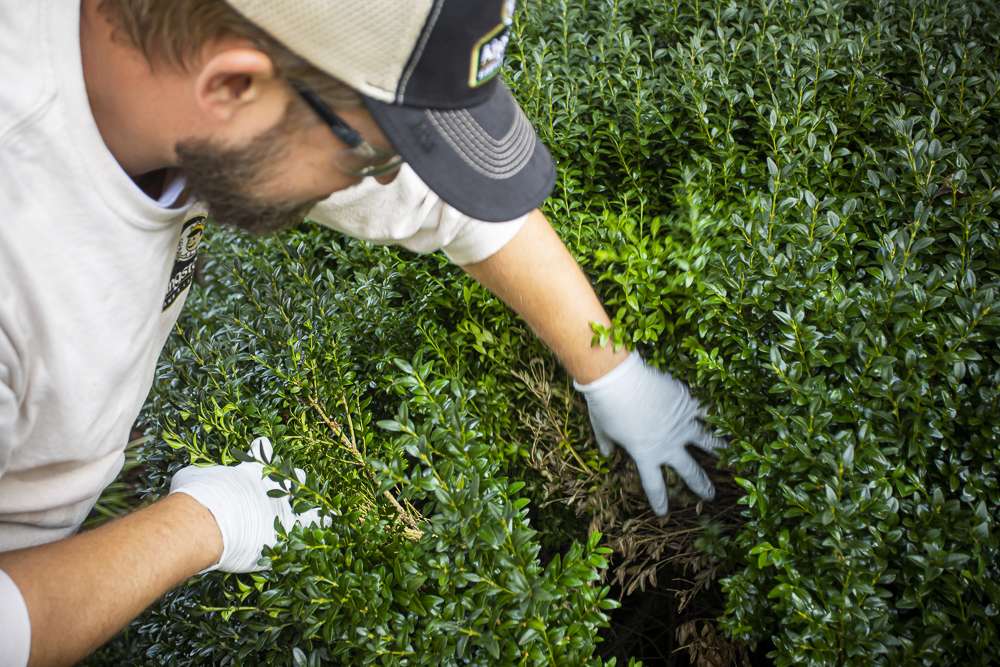
But when dealing with plants in your landscape beds, you have to go off of mostly above-ground symptoms. However, when root rot is brewing beneath the surface, the soil can sometimes have a rotten smell to it, too.
If you notice water pooling in your plant beds, then it’s also clear that you have a drainage issue, such as a low spot or compacted soil.
Like most plant diseases, it’s always better to prevent them than to try and treat them. This is why it’s so important to think about yard drainage and ensure that your plant beds are draining well.
It’s also important that you water your landscape appropriately and avoid overwatering. If your soil is mushy or soggy, you are overwatering your plants.
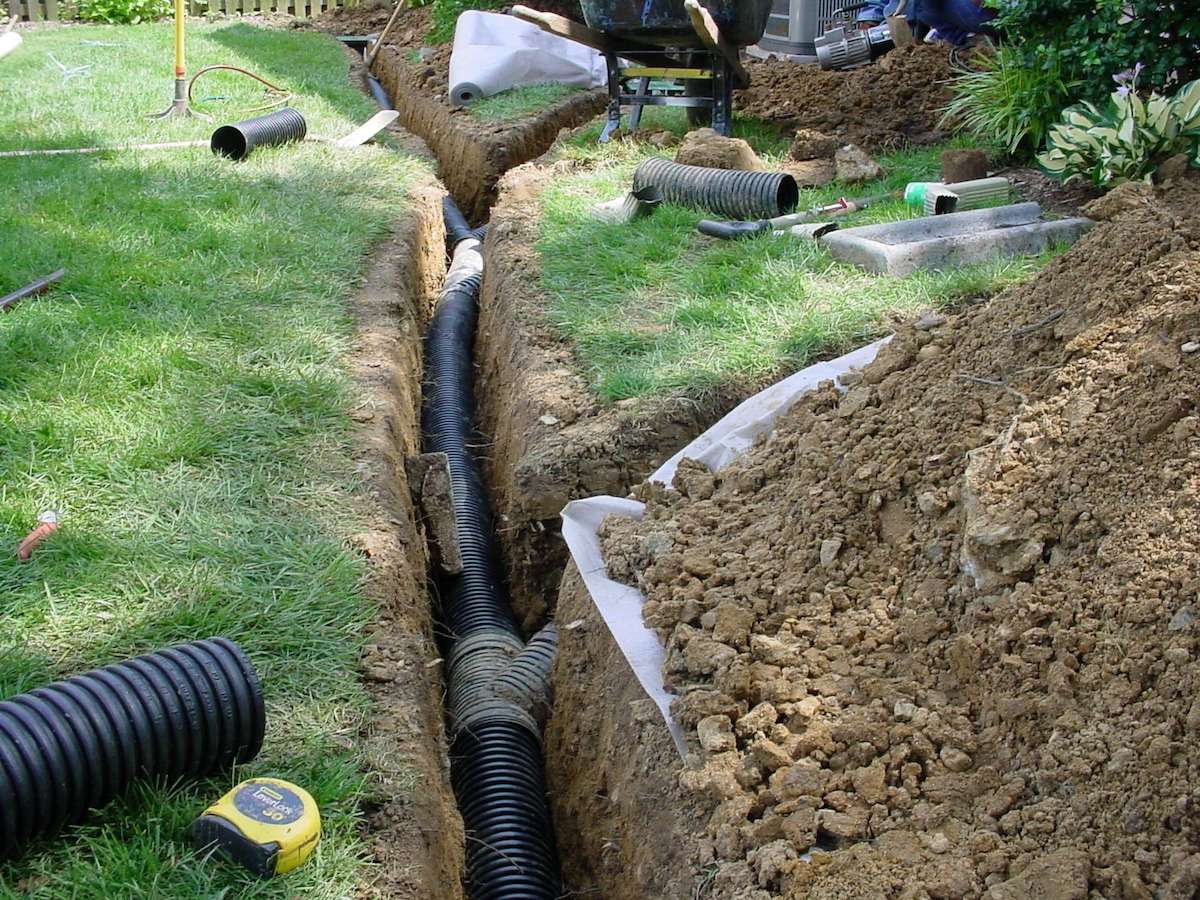 As far as root rot treatment for an existing problem, it’s sometimes possible to treat minor cases. You’ll definitely want to improve soil conditions and can potentially trim away the affected areas of the plant.
As far as root rot treatment for an existing problem, it’s sometimes possible to treat minor cases. You’ll definitely want to improve soil conditions and can potentially trim away the affected areas of the plant.
However, since the heart of the problem is beneath the surface, you may need to dig up the plant, clean and sterilize the roots, dispose of the soil around the plant (as fungi might be living in it), and replant your plant.
We realize that’s really involved and not even a sure-fire solution. In many cases, a plant is too far gone to come back from root rot. This is why focusing on prevention is key. 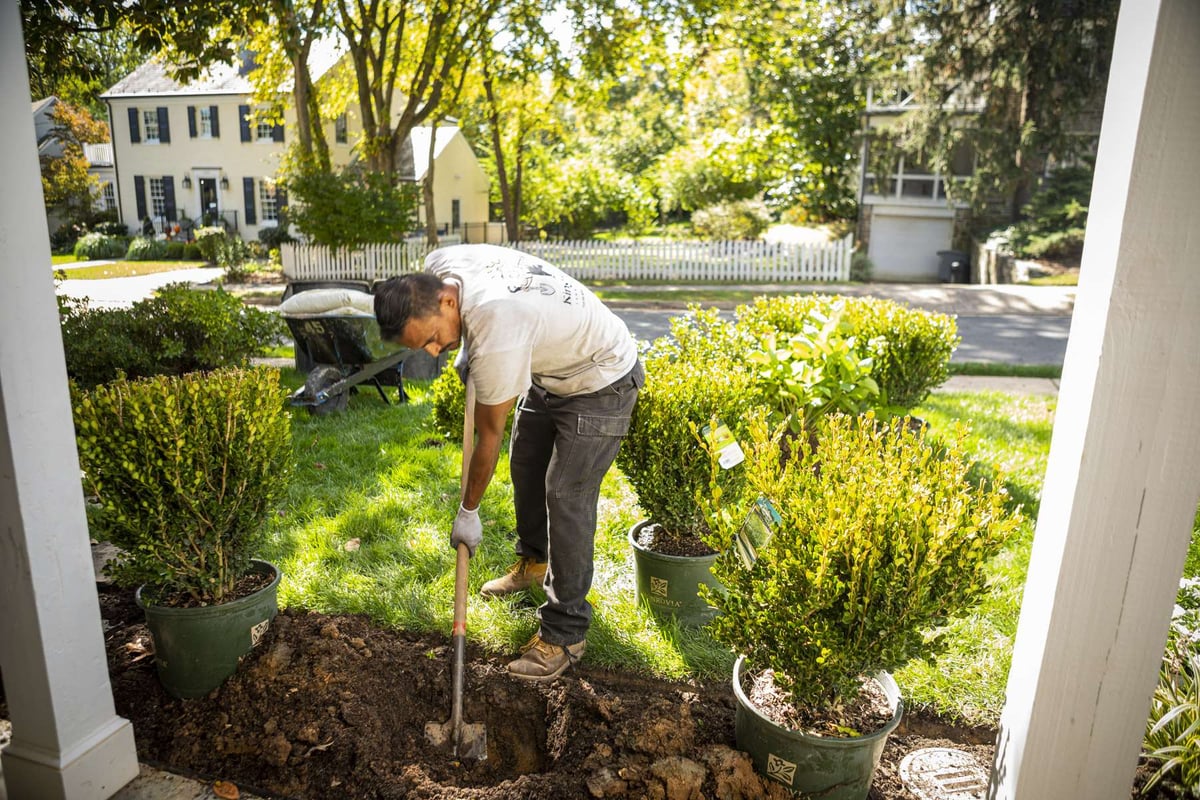 There’s no question that smart plant selection during installation is important. Some plants are more resistant to root rot problems than others. If you’re installing plants in an area that tends to get a lot of water, you want to be really mindful of what will perform well there.
There’s no question that smart plant selection during installation is important. Some plants are more resistant to root rot problems than others. If you’re installing plants in an area that tends to get a lot of water, you want to be really mindful of what will perform well there.
It’s the whole idea of “right plant, right place,” that we’ve talked about in previous articles. This is one reason why working with a landscape professional on any plant installation work is important.
Another step that homeowners can take to protect their landscape is investing in plant health care services. Plant health care provides plants with vital nutrients that they need to thrive while also protecting them against many insects and diseases.
In the grand scheme of things, root rot is just one potential problem that your landscape might be facing. There are a number of different plant diseases and some are more treatable than others. It’s important for a plant health care expert to make a proper diagnosis and treat whatever you are dealing with. Even some of the signs of root rot can overlap with other diseases, so that professional diagnosis is crucial.
All that being said, no landscape company should promise you that plant health care will be a “cure” for all problems. It’s not a magic bullet solution.
While plant health care can make your plants stronger, healthier, and more resistant to problems, it is important to recognize it still can’t overcome planting errors or certain issues. For instance, if you install plants in a bed with a low spot, it still might be faced by waterlogging and eventual root rot.
This is why it’s so important to make wise choices for your landscape and invest in professional landscape help. Making smart decisions for your landscape every step of the way is key.
There are always going to be landscaping companies that overpromise or give you false hope. Sadly, some problems like root rot can be fatal to your plants. But that is why it’s helpful to work with a company that values honesty and transparency…and has extensive landscape experience.
Sometimes your best course of action really is removing the plant and starting over with a better choice. This would be the optimal time to correct any drainage issues that might have lead to problems in the first place. But you want to work with a company that will tell you that as opposed to continually treating a problem that can’t really be fixed.
At Kingstowne Lawn & Landscape, you can count on us to always steer you in the right direction and give you viable options.
With trained horticultural experts on staff, we know what your plants needs to perform their best. And we also know when they’re never going to recover from a problem that’s plaguing your plant bed. At the end of the day, this should give you peace of mind that your landscape is in good hands.
If you live in or around Alexandria, Arlington, and Springfield, VA and you’d like to discuss plant health care for your landscape shrubs and trees under 20 ft. in height, request a quote, get your customized plan, and relax knowing that you’re getting the royal treatment.

Since its founding, Krisjan has led Kingstowne Lawn & Landscape with a straightforward philosophy: treat every customer like the “only” customer. His passionate pursuit of excellent customer service has led to 28 successful years and a thriving company with over 85 employees. Since 1997, Kingstowne has helped thousands of homeowners in the Alexandria, Arlington, and Springfield, VA area get what they want - a worry-free property they can be proud of.


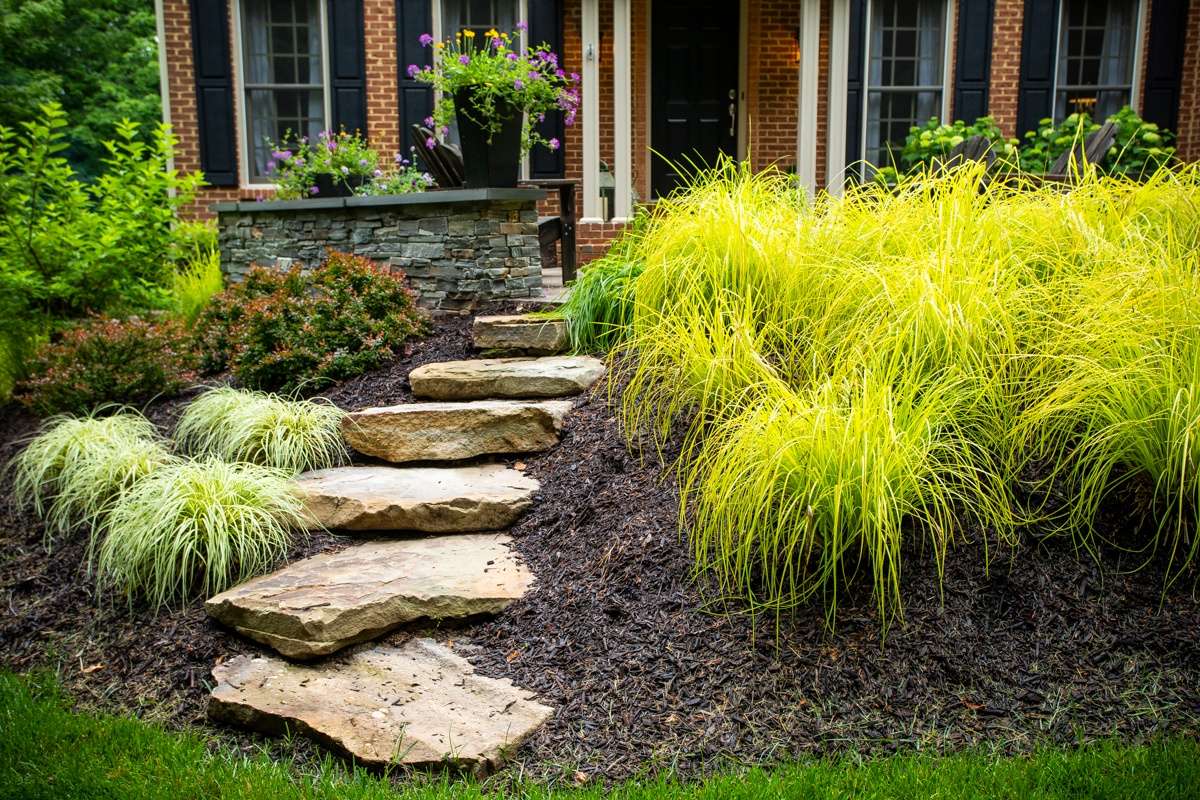

If You're Looking For a Sign, This is It.
Seriously, that lawn isn't getting any better on it's own. Mrs. Jones just called the HOA on you